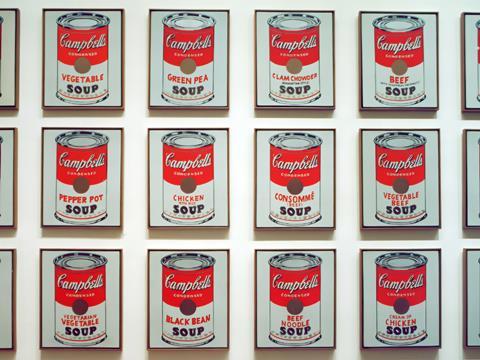
Packaging used to be so much more than just a container – it was culture, art, identity. So, why did this change? Kevin Vyse, head of technical RAP products at ProAmpac, tells us more.
Walk down any supermarket aisle in the 1980s and 90s and you’d be met with a vibrant symphony of colour, typography, mascots, and logos. Cereal boxes were Saturday morning celebrities. Drinks cans defined youth identities. Fragrance bottles became objets d’art.
Packaging wasn’t just practical; it was storytelling, brand power, and consumer desire, all wrapped in laminated card and glossy plastic. It was the hero of product iconography, the billboard in your hand. This can be witnessed at the excellent Brands Museum in London.
Today that same packaging is often seen as a symbol of everything that’s gone wrong with consumerism. Single-use plastics clog oceans. Overwrapped products spark online outrage. “Unboxing” videos once celebrated the ritual of peeling back layers; now they often come with a side of guilt. In the 2000s and beyond, packaging has gone from marketing’s shining star to the demonised party pooper – the environmental villain at the end of the supply chain.
So, what happened? How did the hero become the scapegoat? And why, despite recognising the damage, do we still keep using more and more of it?
Packaging as iconography: The 80s and 90s Glory Days
The late 20th century was the golden era of mass marketing. Brands competed loudly on shelves, and packaging became the front line of persuasion. It was design-led, daring, and culturally iconic. Think of the Coca-Cola contour bottle, the Apple iPad box, or the Pringles tube and with the packaging was identity. It was the physical handshake between a product and a consumer. It was the purest form of industrial design.
Technology also played a role. New printing methods, new plastics, new laminates innovation made packaging more striking and more durable. The growth of supermarkets and global brands only amplified its importance. In those decades, packaging didn’t just sell products; it shaped memories.
The turn of the millennium: Awareness arrives
In the 2000s, a cultural shift began. Climate change entered mainstream conversation. Images of landfills and plastic oceans spread across screens. Recycling bins appeared in kitchens. Environmental responsibility became part of brand identity.
Suddenly, the same packaging once praised for its shine looked suspicious. Why so much plastic? Why is everything shrink-wrapped? Why does a USB cable need three layers of blister packaging?
The narrative flipped from “look how bold this design is!” to “look how wasteful this material is.” Packaging was no longer a creative hero, it was cast as the enemy of the planet.
The overlooked truth: Packaging protects
In our rush to demonise packaging, we often overlook one of its most fundamental roles: enabling modern supply chains to function.
Packaging is not just marketing – it is also protection. From factory to warehouse, to lorry, to ship, to distribution centre, to store (or doorstep), products travel further and through more hands than ever before. Without packaging, most of what we buy would arrive damaged, spoiled, or unsafe.
Packaging prevents:
- Damage – Cushioning against drops, pressure, vibration.
- Pilfering – Tamper-evident seals show when a product has been interfered with.
- Contamination – Barriers against moisture, bacteria, odours, and dirt.
- Health – Keeping allergens or chemicals from mixing.
- Waste – Ironically, a lack of packaging can create more environmental harm if products must be discarded.
In sectors like food, pharmaceuticals, and electronics, packaging is not optional – it is the guardian of safety, hygiene, and trust. A cracked screen or spoiled meal has its own environmental cost, often far greater than the packaging that protected it.
In other words: packaging is the invisible infrastructure of global commerce.
The irony: We once valued materials
During wartime, particularly World War II, materials were precious. People saved paper, metal, glass, rubber. Packaging was minimal, reusable, repaired when damaged. Citizens understood the value of resources because scarcity made it obvious. Waste was unthinkable.
It’s ironic: in an era of hardship, we respected materials. In an era of abundance, we squander them.
So, why do we still use so much of it?
Despite knowing the environmental cost, we continue to produce more packaging than ever. Why?
1. Convenience culture
Online shopping. Meal kits. Grab-and-go everything. Packaging enables modern life.
2. Consumer expectations
We demand freshness, hygiene, portion control, tamper-proofing, aesthetics, and brand experience.
3. Supply chain complexity
Products travel further, through more environments, with higher safety standards than ever. Packaging is the only constant layer of protection.
4. Economics over ecology
Plastic is cheap, light, and versatile. Sustainable alternatives often cost more or require new infrastructure.
5. Psychology and ritual
The unboxing experience isn’t just marketing, it’s dopamine. Even as we complain, we enjoy the theatre of discovery.
6. Systemic gaps
Recycling is inconsistent. Materials are complex. Even “eco-friendly” packaging often ends in landfill.
In short: we know packaging causes problems… but the world we’ve built depends on it.
Packaging isn’t evil – our relationship with it is
The real issue is the linear, disposable mindset: take-make-use-bin. We treat materials as worthless the moment we’re done with them, even though they’ve just performed an essential job.
Perhaps the future lies in rediscovering something we knew in the past: materials have worth.
If we design packaging as a resource, not rubbish:
- We reuse it.
- We build systems to recover it.
- We design with intent.
- We align convenience with responsibility.
- We balance protection with sustainability.
The 80s and 90s celebrated packaging as the visual hero. The 2000s cast it as the villain. The next era could restore balance, not by eliminating packaging, but by reinventing it with respect.
Conclusion
Packaging’s story is really our story. It mirrors our economics, culture, and ethics. It has been adored, exploited, and vilified. Yet it remains essential – quietly protecting our products, our safety, and our supply chains.
We once recognised the worth of materials when the stakes were high. Perhaps the environmental challenges of today are our new “war”, pushing us to rethink, redesign, and reconnect with that same sense of value.
Packaging doesn’t have to be the problem. It can be part of the solution, if we treat it not as disposable rubbish, but as a powerful tool, used wisely, with purpose and respect.
If you liked this story, you might also enjoy:
The ultimate guide to the Packaging and Packaging Waste Regulation in 2025
How are the top brands progressing on packaging sustainability?
Everything you need to know about global packaging sustainability regulation in 2025
The key to increasing the use of reusable packaging in supermarkets

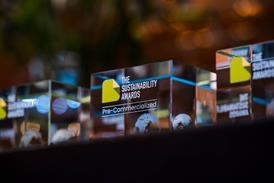

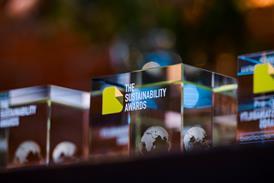
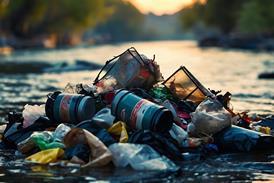
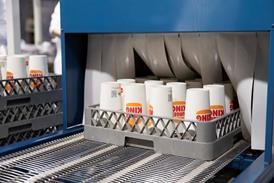














No comments yet